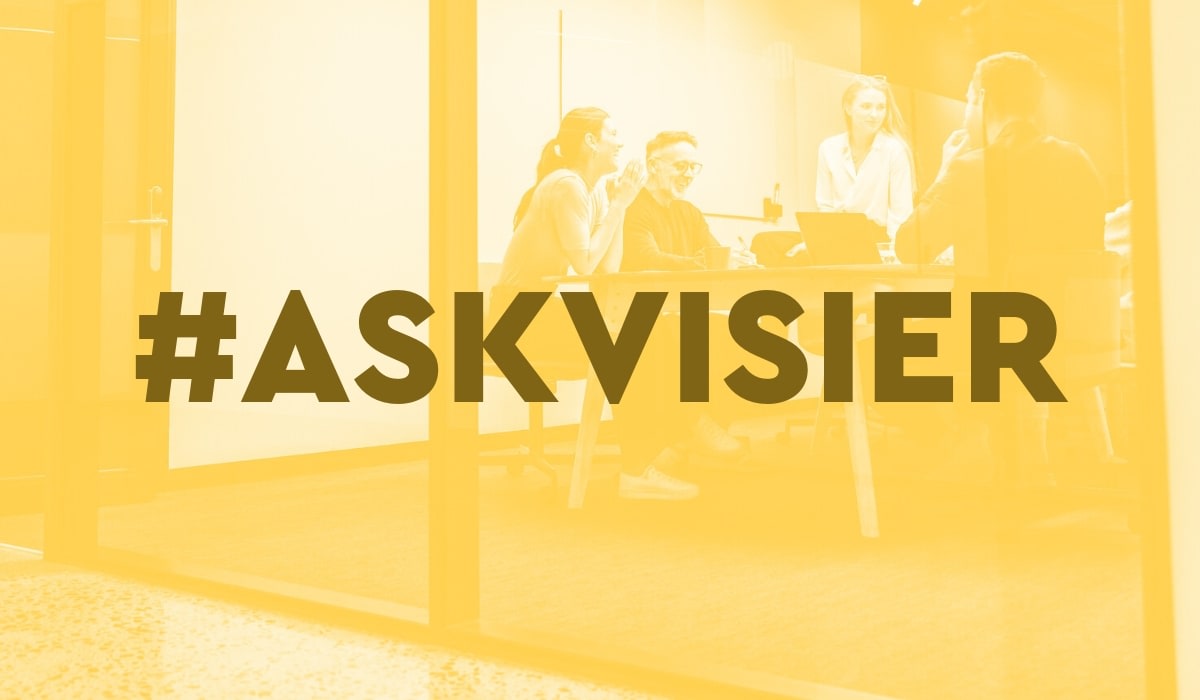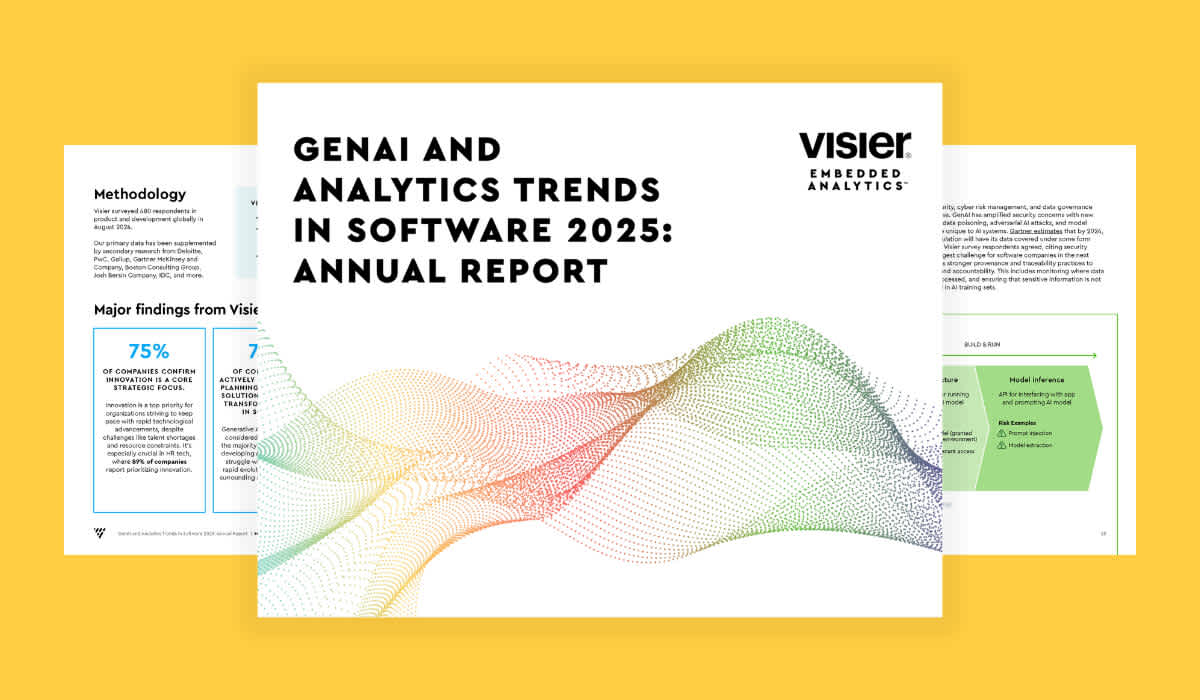Ask Visier: What does a modern people analytics team look like?
Learn from an expert’s perspective on building a modern people analytics team—roles, optimal sizes, and strategies for making analytics work.

Remember your first day on the job? That mix of excitement and uncertainty, wondering what comes next? Fast forward to today, and HR teams are in a similar place, stepping onto the analytics dance floor.
Some have already learned the steps and are moving with confidence, while others are still figuring out how to make their first move. The stakes are high, and the rhythm of data is reshaping every part of HR. The question isn’t whether to join the dance—it’s how to make sure you’re dancing to the right tune.
The evolution of people analytics: Small teams, big impact
Organizations often assume they need large teams to make analytics work. However, some of the most successful people analytics teams I’ve encountered are small but mighty. Research from the McKinsey Global Institute shows these teams can double recruitment outcomes and triple cost efficiencies, but success is about more than just numbers. It’s about how these teams operate.
Having the right people who collaborate effectively and understand the business is critical. Agile, focused small teams often outperform larger ones by honing in on what truly matters.

Finding the sweet spot for team size
Now, you might be wondering about the ideal team size. The reality is very nuanced as the ideal numbers will depend on a couple of key factors:
Organization size: Global enterprises might need larger teams than mid-sized companies, but smaller teams can still achieve remarkable results with the right structure.
Organizational structure: A centralized people analytics team of five can outperform several decentralized teams of three.
Technology maturity: Advanced tools can enable smaller teams to deliver outsized impact.
Business complexity: Multiple countries or business units add complexity, but this doesn’t always necessitate a larger team.
What are the key roles in an ideal people analytics team
Successful teams aren’t just about numbers—they’re about having the right mix of talent. Here’s who you need:
The Strategic Leader: An orchestral conductor who aligns data initiatives with business goals. Such leaders with both business and analytics acumen can transform entire functions.
The Analytics Translator: A bridge-builder who converts complex data into actionable stories. Without this role, insights often fail to drive change.
The Technical Specialist: The backbone of your team, ensuring data integrity and scalable solutions.
The Change Champion: This role ensures that others embrace and adopt analytics initiatives, turning potential resistance into enthusiasm.
The Experience Designer: Data accessibility and engagement can be game-changers, making this role invaluable for creating actionable insights.

Getting started with building your team
Many organizations fall into analysis paralysis when starting their analytics journey.
To avoid this, start with an honest assessment of your analytics maturity. Tools like Visier's Analytics Maturity Model can help, but what really matters is being brutally honest about your current capabilities and readiness.
When it comes to building your team, don't try to fill all roles at once. Start with the foundational positions that will give you the biggest bang for your buck. In my experience, that usually means prioritizing someone who can:
Understand your business context deeply
Translate complex data into compelling stories
Build credibility with stakeholders quickly
Let's talk about technology for a moment. Too many organizations get dazzled by flashy features and end up with tools that nobody uses. Instead, look for technology that:
Makes your team's life easier, not harder
Grows with you as your needs evolve
Empowers business users to help themselves
Frees up your analysts for high-value work
Remember, the goal isn't to have the most sophisticated setup—it's to drive real business impact.

The future of people analytics
As AI and automation take over routine tasks, analytics teams evolve into something far more powerful. They become strategic advisors who can anticipate and shape the future of work.
Leading organizations already:
Predict and prevent turnover before it happens.
Move beyond time-to-hire metrics to identify successful hires.
Craft personalized employee experiences based on data.
We're finally reaching a point where we can balance the science of data with the art of human understanding. The field has evolved from simple reporting to predictive analytics, as now we're entering an era where we can truly drive human-centered transformation.
If there's one thing to keep in mind, it's that the most sophisticated analytics mean nothing if they don't drive real change. The future belongs to teams that can:
Turn complex data into simple, actionable insights
Build trust through consistent, reliable analysis
Create solutions that work for real people in real situations
Stay agile and adapt as needs change
Remember that every dashboard you create, every model you build, and every insight you share represents real people making real decisions about their careers and lives. That's both a responsibility and an opportunity.
Your next move
Whether you're just starting your analytics journey or looking to take your existing team to the next level, focus on impact, not perfection. Start small if you need to, but start smart. Build a team that combines analytical rigor with human understanding. Choose technology that enables rather than complicates.
Most importantly, never lose sight of the humans behind the numbers. That's what separates good analytics teams from great ones.
The future of people analytics is bright. Organizations that embrace it strategically will gain a significant competitive edge. Are you ready to lead this revolution? The dance floor is waiting—it’s time to make your move.



